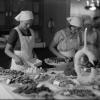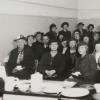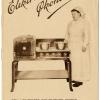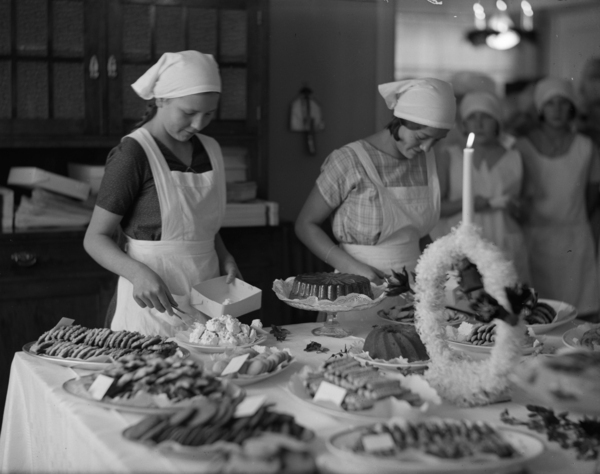The home economics movement
The social changes that emerged in the wake of industrialization led to increased calls to create new educational institutions for women. Private foundations, public welfare organizations, and often even churches – both in the cities and the countryside – began to found household schools to educate girls and women in household tasks.
In 1908, local organizations in the Swiss canton of Fribourg organized the First International Congress on Home Economics to gather and share practice and knowledge. Twelve countries sent reports about the state of the art in their countries and experts discussed a range of topics, from historical and philosophical precedents to practical advice on how to structure courses, as well as a range of social ills, from alcoholism and disease to the depopulation of the countryside.
The schools they surveyed also offered courses on foreign languages, singing, drawing, religion, and the natural sciences for the upper and middle classes. What held all of these topics together was the values of the conservative Catholic Fribourg. Women's education was seen primarily as a way of keeping women in their "traditional" roles in the domestic sphere, even as conditions within those spheres changed.
 Previous Story
Next Story
Previous Story
Next Story
How to cite this page
Alexander Badenoch, 'The home economics movement', Inventing Europe, http://www.inventingeurope.eu/daily-lives/the-home-economics-movement
Sources
- Papanelopoulou, Faidra. "Between Production and Consumption? The International Federartion of Home Economics, C. 1908-1960." ISES Seminar paper, Eindhoven University of Technology, 2011.




















